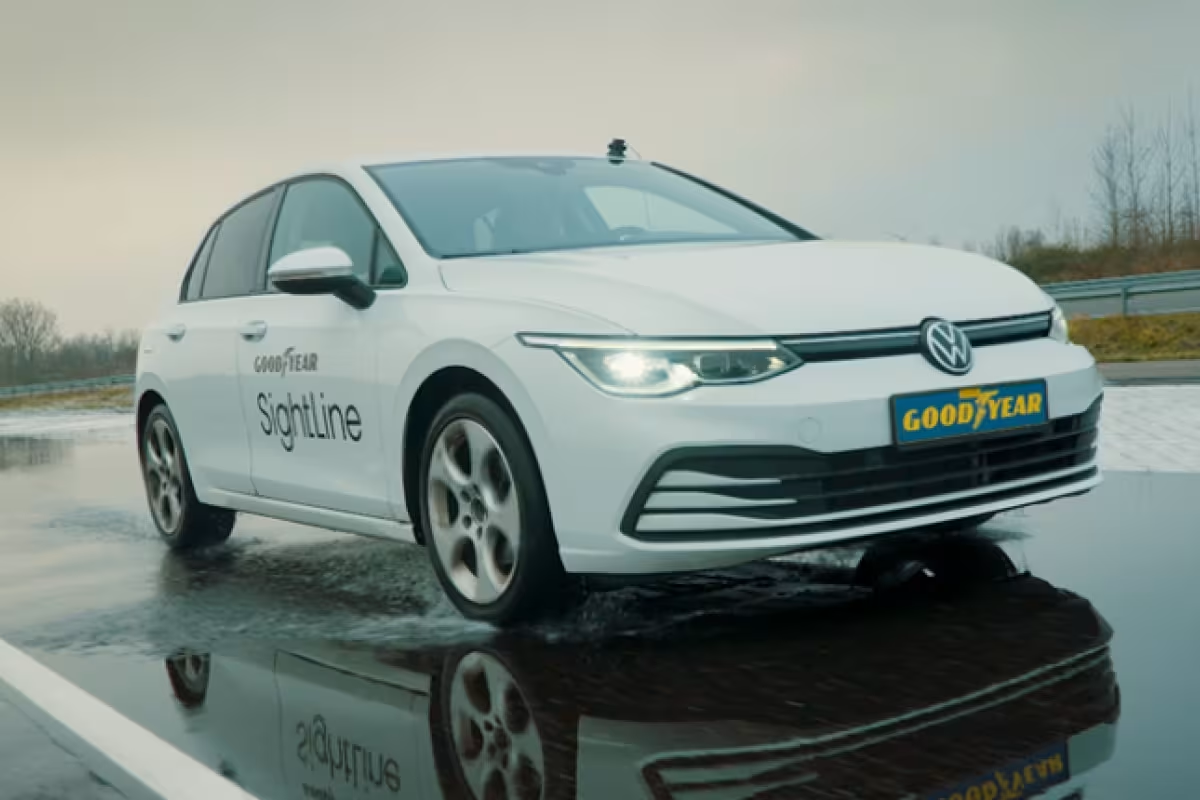
SHERIDAN, WYOMING – Jan. 30, 2025 – In anticipation of Tire Technology Expo 2025, Kanwar Bharat Singh, head of algorithms and software engineering at Goodyear, sat down with TTI to discuss his upcoming presentation on groundbreaking advancements in tire-based road perception technologies. Singh's work focuses on revolutionizing how autonomous vehicles perceive and interact with the road, paving the way for a safer and more efficient future of driving.
Goodyear SightLine: Pioneering Real-Time Road Perception
Singh's presentation will center on Goodyear SightLine, a cutting-edge technology that utilizes smart software, sensors, and algorithms to provide real-time insights into road conditions and tire grip. This technology promises to enhance the safety and performance of Advanced Driver-Assistance Systems (ADAS) and autonomous vehicles.
"I will be showcasing the latest advancements in Goodyear SightLine technology, which is designed to monitor road conditions and tire grip in real time," says Singh. "This technology leverages smart software, sensors, and algorithms to provide precise, actionable insights."
In addition to SightLine, Singh will also unveil a state-of-the-art direct sensing solution employing optical sensors, further enhancing the precision and reliability of road perception for automated driving.
The Advantages of Tire-Based Road Perception
Traditional sensors like cameras and lidar rely on visual data, which can be compromised in adverse weather conditions. Tire-based road perception, on the other hand, offers a distinct advantage by directly interacting with the road surface.
"Unlike cameras, lidar, and radar, which rely on visual data, tires directly interact with the road," explains Singh. "This allows them to detect changes in grip and traction more reliably, especially in adverse weather conditions like rain, fog, or snow, where visual sensors often struggle."
This real-time feedback enables vehicles to respond swiftly to challenging road conditions, such as hydroplaning or slippery surfaces, significantly enhancing safety and performance.
Advancements and Challenges in Tire-Based Road Perception
Singh highlights two key trends driving advancements in tire-based road perception: the shift to electric vehicles, which provides more detailed data for analysis, and advancements in machine learning, which enable the fusion of tire physics with data-driven methods for more accurate and reliable road assessments.
However, challenges remain in ensuring consistent reliability across diverse driving conditions and fine-tuning systems for specific vehicles and tire types.
The Future of Tire Technology and Autonomous Driving
Singh's presentation aligns with the growing need for enhanced situational awareness and reliable safety data as ADAS and autonomous driving technologies continue to evolve. Tire-based sensing offers a crucial layer of support, particularly in challenging conditions where traditional sensors may falter.
Looking ahead, Singh envisions smart, connected tires with embedded sensors providing high-quality, real-time data. These tires will integrate with connected ecosystems, sharing road condition data to create real-time cloud-based maps that enhance the safety and efficiency of autonomous vehicles.
Key Takeaways for Attendees
Attendees of Singh's presentation can expect to gain valuable insights into the challenges and solutions surrounding road condition monitoring for ADAS and autonomous vehicles. Real-world examples will showcase the transformative potential of Goodyear SightLine and other tire-based sensing technologies.
Conclusion
Kanwar Bharat Singh's presentation at Tire Technology Expo 2025 is poised to be a must-attend event for anyone interested in the future of autonomous driving. By shedding light on the critical role of tire-based road perception technologies, Singh's insights will undoubtedly shape the conversation around automotive safety and innovation.